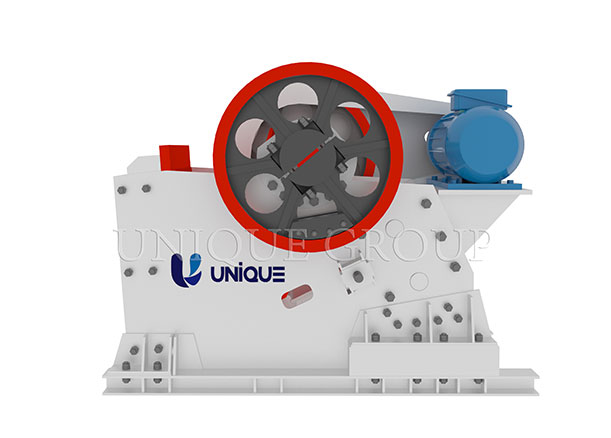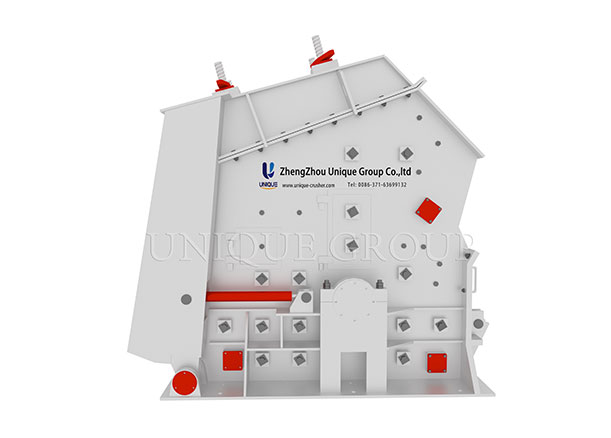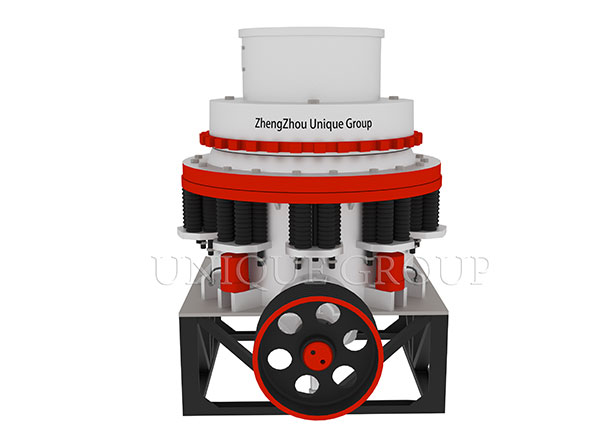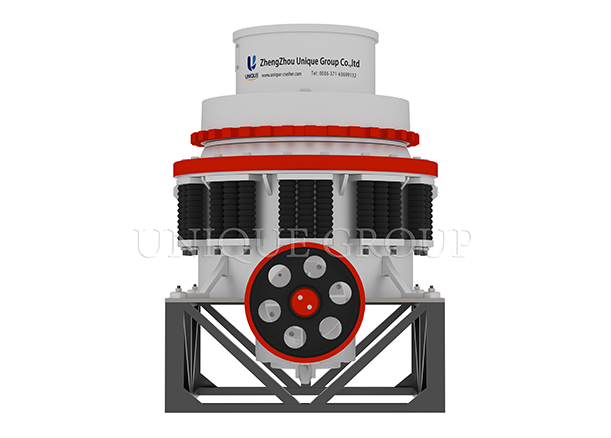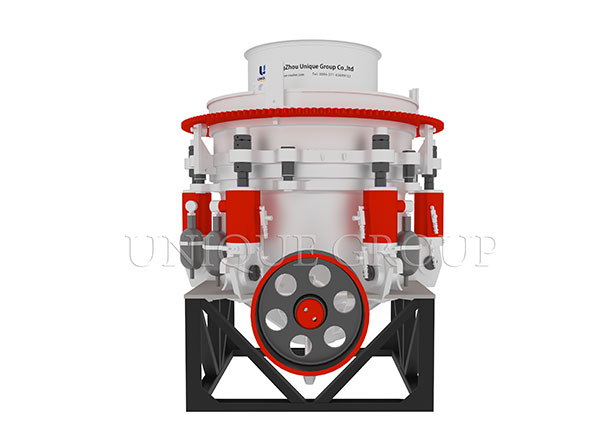Tel: +86-371-63699132
Fax: +86-371-63935058
E-mail:
sales@unique-crusher.com
Zip Code: 450008
Introduction about granite crushing plant configuration
2021-02-26 15:57:40
Introduction about granite crushing plant configuration
Granite is a kind of structural rock, formed by lava erupted in a molten state by a volcano under considerable pressure and raised to the surface of the earth's crust. The magma does not eject from the ground, but slowly cools and solidifies in the ground. It is a structural rock. The deep acidic igneous rock belongs to magmatic rock. Granite is an igneous rock, also known as acid crystalline plutonic rock, which is the most widely distributed type of igneous rock.
For granite production lines with small and medium output, the process configuration of jaw crushing + impact crusher can be adopted. The jaw crusher reduces the size of the granite as much as possible, and the impact crusher performs shaping and crushing to obtain excellent particle size, appropriate wear control and low-cost crushing effects.
For the large capacity production line of granite and stone, try to adopt the three-stage crushing process, which can adopt the process configuration of jaw crusher + fine jaw crusher (or cone crusher) + impact crusher. The power consumption and wear cost of the laminated secondary crusher are lower, but the investment cost is higher.
For granite production lines that require low granularity, the process configuration of a two-stage jaw crusher can be used. Although the grain size is not the best and the proportion of needle-like gravel is relatively high, it can greatly reduce operating costs and investment costs.






 العربية
العربية Español
Español Português
Português Deutsch
Deutsch